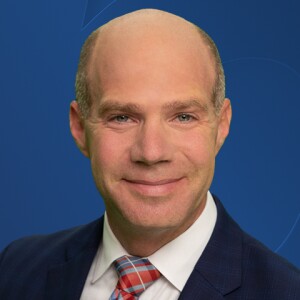SAN DIEGO (KGTV) - Researchers at the Scripps Institution of Oceanography have cracked the code on how a deep-sea bacteria creates a molecule that can fight brain cancer.
Scientists discovered the bacteria in 1990 while collecting sediment samples in the Atlantic Ocean. Within those samples, they discovered a bacteria that can create a molecule called "Salinosporamide A." That molecule can cross the blood-brain barrier, and create an enzyme called SalC which attacks cancer cells.
A drug based on that enzyme, Marizomb, is now in Phase III Clinical Trials and has shown promise to cure brain cancer.
But the team wanted to know how the bacteria creates that enzyme.
It took 20 years, and dozens of researchers building on top of each other's work, but they finally figured it out.
"There's a whole pathway that's responsible for making this molecule. Finding that pathway is step one," explains Graduate Student Kate Bauman. She's the one who pieced it all together.
"She's a monster," jokes Professor Bradley Moore, who runs the lab. "It's a rare individual that has that much capability to put all that science together and be able to solve a really complicated problem. And that's what Kate did."
Bauman figured out the "SalC" enzyme builds an anti-cancer "warhead" by creating two, complex, reactive ring structures.
"Basically it's a pentagon and a square fused together," she says.
Bauman is the lead author of a study published this week that gives a more detailed explanation of the process.
She says the main point is now that researchers understand how it's made, they can try to replicate it in a lab.
"Now that we understand how (it) is installed, we really understand how the warhead of the molecule is created," she says.
That could make it easier to mass-produce the Marizomb drug to help people with brain cancer.
"If it gets approved (by the FDA), they're looking for long-term solutions of how to provide enough of this medicine for the 10s of 1000s of Americans who die of glioblastoma every year," says Dr. Moore.
"Our goal is to be able to use organic chemistry and enzymes that we dig out of the ocean to do things both at a larger scale and sustainably," says fellow researcher Vikram Shende. "If we can find a microbe that can do it in a way that's a little bit easier, uses a little bit less material, and pumps out a ton of it, that's really what we're hoping to be able to do with this discovery."
In addition to mass-production, Bauman says understanding how SalC is created means they can try to manipulate it and see if it can treat other cancers or immune system diseases and infections.
"Access to this enzyme SalC that installs the complicated ring structure opens the door to that in the future," Bauman says.
Funding for the research came from the National Institutes of Health, the Robert A. Welch Foundation, and the Sao Paulo Research Foundation.
In addition to publishing the paper, Bauman and her colleagues presented their findings this week at the American Chemical Society Convention in San Diego.





